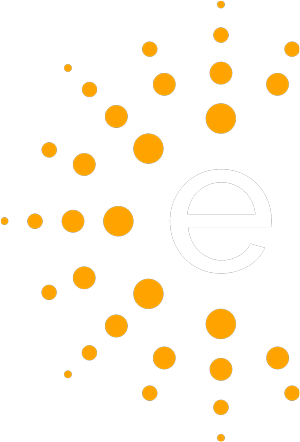
Symptoms and Signs of Autism
Autism, sometimes referred to as Autism Spectrum Disorder, is a developmental disability that can vary in symptoms, age of diagnosis, and the presence of various features such as differences in social communication and interaction. The manifestations of autism can differ considerably across individuals. Even though there are strong and consistent commonalities, especially in social interaction, there is no single behavior that is always present in every individual with autism, and no behavior that would automatically exclude an individual from a diagnosis of autism.
Learn about Easterseals autism services.
What do different types of autistic traits look or sound like?
In honor of Autism Acceptance Month, we are excited to announce our new series Understanding Autistic Traits. Autistic self-advocate and co-host of the Easterseals podcast Everything You Know About Disability is Wrong, Lily Newton interviews Easterseals autism service providers and Autistic self-advocates about Autistic traits.
Communication
Autistic adults and children may interact with others differently. They often appear to have difficulty understanding and expressing emotion and may express attachment in a different manner.
Many autistic individuals rely upon non-verbal methods of communicating, such as pointing to pictures or using a tablet computer with special language applications.
Stimming
One type of vocal stimming is called echolalia, the non-voluntary repetition of sound. Individuals with autism often have difficulty understanding the nonverbal aspect of language such as social cues, body language, and vocal qualities (pitch, tone and volume).
Schedule and Routine
Autistic individuals often have a great need for routine and order, which can make them upset if objects in their environment or time schedules change. Children with autism may not play with toys in the same manner as their peers and may become fixated on specific objects. Autistic people may have a different reaction to sensory stimuli by seeing, hearing, feeling, or tasting things with more or less intensity than their non-autistic peers.
Motor Skills
Children with autism often have a different rate of development, especially in the areas of communication, social, and cognitive skills. In contrast, motor development may occur at a typical rate.
Autism Spectrum Disorder is a lifelong disability that is generally diagnosed before the age of three years old. However, children are often misdiagnosed or not diagnosed until later in life. The American Academy of Pediatrics suggests parents consider the following questions:
Does your child…
- Speak differently than their peers?
- Avoid eye contact?
- Not respond selectively to their name?
- Act as if they are in their own world?
- Seem to “tune others out?”
- Seem unable to tell you what they want, preferring to lead you by the hand or get desired objects on their own, even at risk of danger?
- Have difficulty following simple commands?
- Not point to interesting objects to direct your attention to objects or events of interest?
- Have meltdowns or long emotional outbursts?
- Have repetitive, stereotypic behaviors?
- Show a strong attachment to inanimate objects, especially hard ones (e.g., flashlight or a chain vs. teddy bear or blanket)?
- Prefer to play alone?
- Not engage in pretend play (if older than 2 years)?
What to do if you think your child has autism
Autism affects each individual differently and at varying degrees, which is why early diagnosis is so crucial. Autism is a lifelong disability, and early intervention often contributes to lifelong positive outcomes.
- Get a diagnosis. If you're concerned, see a doctor who's familiar with autism.
- Find support. Education, intervention, and speech therapy are often critical. Contact Easterseals for services or assistance locating service providers in your area.
- Know your rights. Children with autism can be eligible for early intervention and special education services that are free starting at age 3. Your health insurance may include coverage for the medical services your child needs. Easterseals can help you navigate these systems.



Connect with us on social media